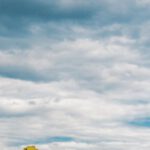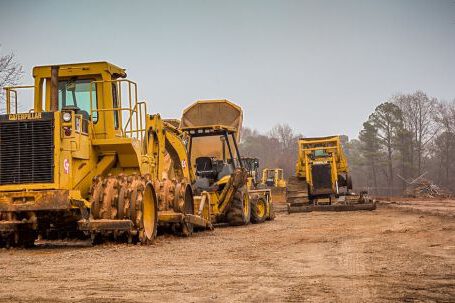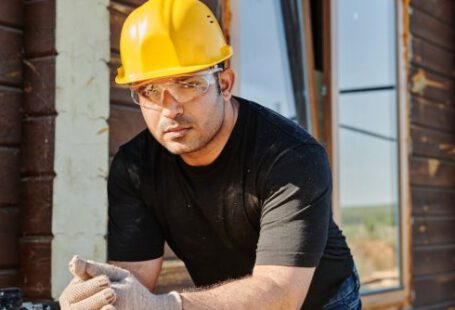Building a construction site requires many different kinds of equipment. In particular, lifts often play an important role in the day-to-day operations on a construction site. They are used to transport people, materials, and tools between different levels of a building or structure. Moreover, lifts can help to reduce the amount of manual labor required to move heavy or bulky items. In this article, we will explore the different types of lifts used on construction sites, as well as the safety considerations that must be taken into account when operating them.
Types of Lifts Used on Construction Sites
There are several different types of lifts that are used on construction sites. Some of the most common types of lifts include:
- Scissor lifts: Scissor lifts are designed to be highly maneuverable and can be used to move personnel and materials between different levels of a structure. They are easy to operate and often feature a platform that can be raised or lowered using hydraulic or electric power.
- Cradle lifts: Cradle lifts are similar to scissor lifts but are designed to carry heavier loads. They are also highly maneuverable and can be used to move personnel and materials between different levels of a structure.
- Electric-powered lifts: Electric-powered lifts are designed to be highly maneuverable and can be used to move personnel and materials between different levels of a structure. They are often used in tight spaces where space is limited and are powered by electric motors.
- Tower lifts: Tower lifts are typically used to lift large loads to higher levels of a structure. They are usually powered by an electric motor and feature a platform that can be raised or lowered using hydraulic or electric power.
Safety Considerations When Operating Lifts on Construction Sites
When operating lifts on construction sites, it is important to consider the safety of both personnel and materials. In particular, the following safety considerations should be taken into account:
- Ensure that all personnel are properly trained in the safe operation of lifts.
- Ensure that all personnel are wearing appropriate safety equipment, such as hard hats and safety glasses.
- Ensure that the lift is properly maintained and inspected before use.
- Ensure that the area around the lift is clear of obstructions and personnel.
- Ensure that the lift is not overloaded and that the weight of the load is evenly distributed.
- Ensure that personnel keep their hands and feet away from the moving parts of the lift.
- Ensure that personnel do not stand or walk on the lift platform when it is in use.
- Ensure that personnel do not attempt to move the lift when it is in use.
- Ensure that the lift is not operated in wet or slippery conditions.
Conclusion
Lifts are an essential component of many construction sites. They allow personnel and materials to be moved between different levels of a structure with ease. However, it is important to consider the safety of personnel and materials when operating lifts on construction sites. The different types of lifts used on construction sites, as well as the safety considerations that must be taken into account when operating them, should be carefully considered before their use.






